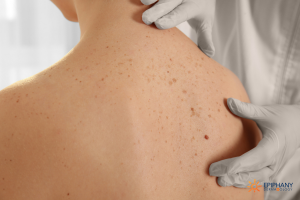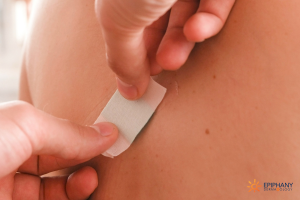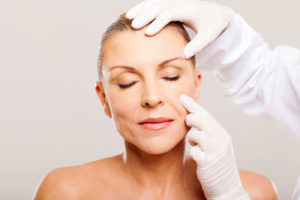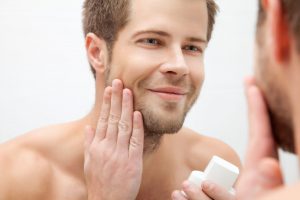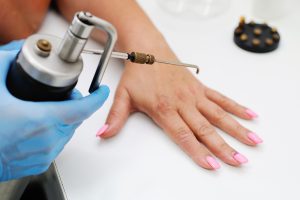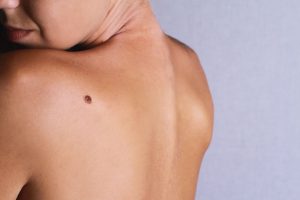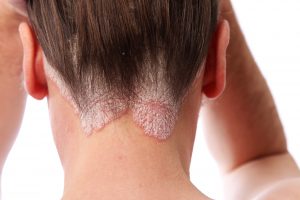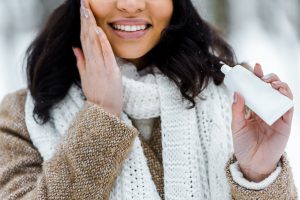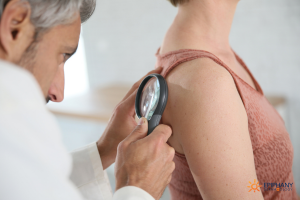 ED & C stands for electrodesiccation and curettage. This procedure is also known as curettage and electrodesiccation (C & E).
ED & C is a method for treating certain types of skin cancer (including basal cell carcinoma and superficial squamous cell carcinoma) through a series of scraping and cauterizing techniques. When used on the right types of skin cancer, it is highly effective in completely removing cancerous skin cells and preventing ...
ED & C stands for electrodesiccation and curettage. This procedure is also known as curettage and electrodesiccation (C & E).
ED & C is a method for treating certain types of skin cancer (including basal cell carcinoma and superficial squamous cell carcinoma) through a series of scraping and cauterizing techniques. When used on the right types of skin cancer, it is highly effective in completely removing cancerous skin cells and preventing ... Read more about ED&C

